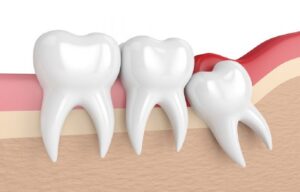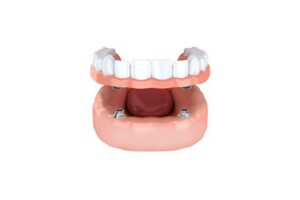Benadryl Dosing for Kids: Safely Soothing Allergies and More
2 min read
When it comes to providing relief from allergies, insect bites, and other allergic reactions in children, Benadryl (generic name: diphenhydramine) is a trusted over-the-counter medication. However, ensuring that you administer the correct dosage is crucial to guarantee your child’s safety and well-being.
Here you go for the Benadryl Dosing Chart
The Importance of Proper Dosage
Administering an incorrect dosage of Benadryl to a child can have adverse effects. Too little may not alleviate their symptoms, while too much can lead to harmful side effects. To ensure your child receives the right amount, it’s essential to follow dosing guidelines based on their age and weight.
Age-Appropriate Dosage Guidelines
Infants (0-2 years old):
Consult a Pediatrician: Benadryl is generally not recommended for children under 2 years old unless specifically instructed by a healthcare professional. Consult your child’s pediatrician before giving them any medication.
Children (2-5 years old):
Dosage: 1.25 to 5 mg every 4 to 6 hours as needed.
Consult Your Pediatrician: Always consult with your child’s pediatrician before giving them Benadryl. They can provide personalized guidance based on your child’s specific needs and medical history.
Children (6-11 years old):
Dosage: 12.5 to 25 mg every 4 to 6 hours as needed.
Consult Your Pediatrician: Even in this age group, consulting a healthcare professional before administering Benadryl is advisable, especially if your child has any underlying medical conditions.
Tips for Safe Administration
Read the Label: Carefully read the medication label for dosing instructions and warnings. Ensure you are using the correct formulation of Benadryl for children.
Use a Medication Syringe: A medication syringe can help you accurately measure the dose, making it easier to give the right amount to your child.
Avoid Combination Products: Some over-the-counter medications contain a combination of ingredients. Avoid these products for children, as they may contain unnecessary ingredients or dosages.
Monitor for Side Effects: Keep a close eye on your child for any adverse reactions such as drowsiness, irritability, or an allergic response to Benadryl. If you notice any concerning symptoms, seek medical attention immediately.
When to Seek Medical Attention
While Benadryl can provide relief for many allergic reactions and symptoms, it’s essential to recognize when professional medical help is necessary. Contact a healthcare provider if:
Your child’s symptoms worsen or do not improve with Benadryl.
Your child experiences severe side effects such as difficulty breathing, swelling of the face or throat, or a rapid heartbeat.
Your child has a known allergy to diphenhydramine or any other antihistamines.
Conclusion
Benadryl can be a useful tool for providing relief to children dealing with allergies or allergic reactions when used correctly and with caution. Remember to consult with a healthcare professional, carefully follow dosing guidelines, and monitor your child for any side effects. By doing so, you can help ensure your child’s safety and well-being while using Benadryl as a trusted ally in managing allergic symptoms.






